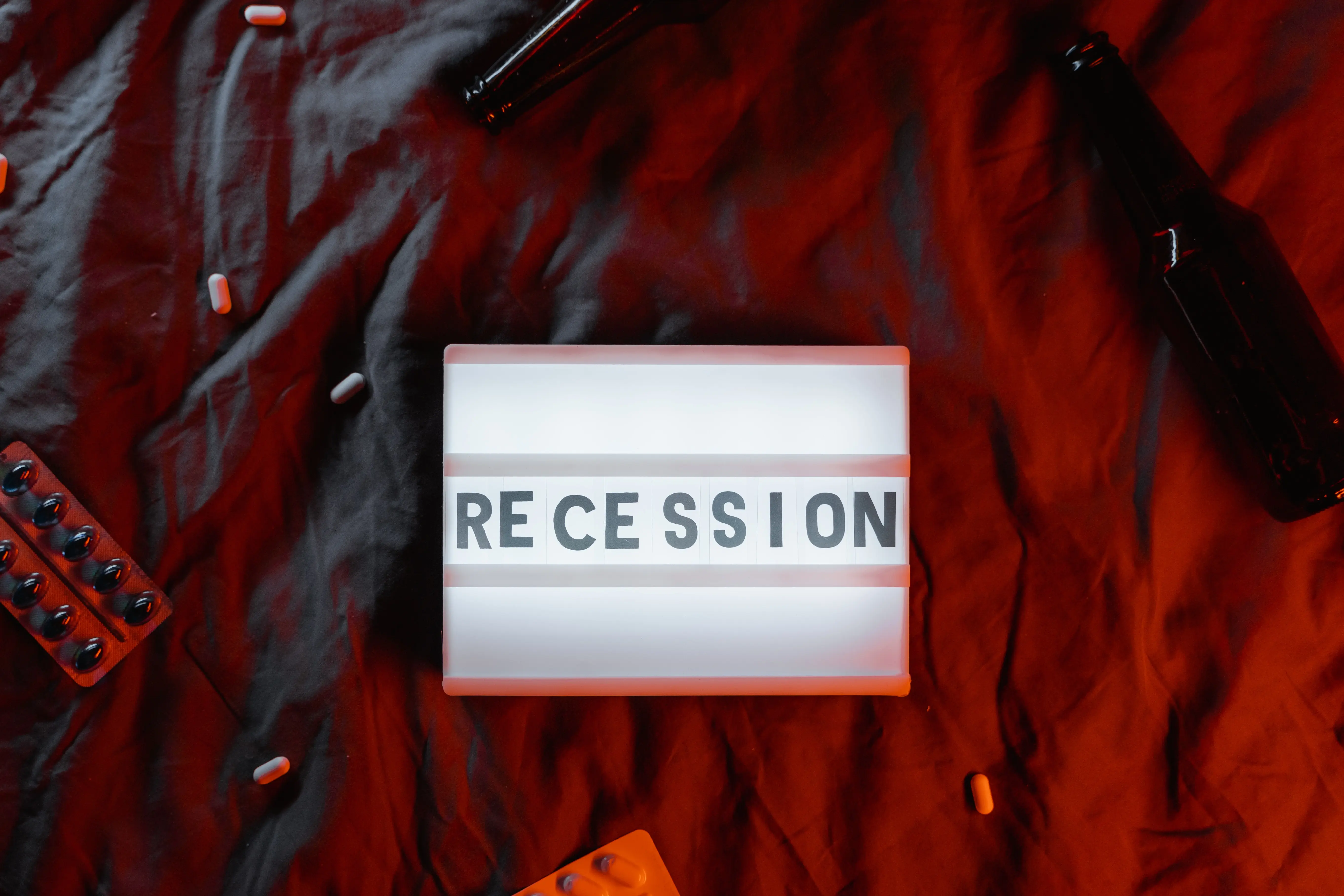Sample by My Essay Writer

Summary
The Great Recession had a major impact on the profitability of nearly every company in the world. This major event caused firms to tighten up on their spending, and find ways to ensure they are diversified enough to weather future financial storms.

The old ways of doing business were tossed aside by the companies run by savvy management, and new ideas and innovation took the spot of traditional models of conducting business (Innovation, n..d.). Now, firms are realigning priorities, and figuring out how they will be able to overcome the challenges that were brought on by the global recession. The recession brought on a new economic climate for most firms; this has resulted in the necessity for companies to do away with bounded rationality, and focus more on creative destruction – a term used to describe the necessity for innovation – as a means to propel profits in the years ahead.
Summary of Problems and Recommended Solutions
Companies are currently attempting to tackle the problems that were brought on by the Great Recession. However, they often fail at making strong business decisions because they are confined by bounded rationality. The economic crises has drastically changed the playing field, and this makes it vitally important for firms to effectively overcome their bounded, past ways of doing business. Instead of continuing to develop operating strategies based on past practices, it is important for firms to realize that the Great Recession has caused times to change (Cahyat, 2013). This is particularly the case now when so many companies are not able to deal with the new economic climate, and are just struggling for survival. Many companies have a false sense of security, and this makes them extremely inept at tackling business operations in the new climate. The economic climate is at a very precarious state and the companies need to recognize that what worked for them five or six years ago is not going to work today. Every market has been affected by the recession and this has taken a stranglehold on companies that feel they can continue to do what they have been doing for many years (Cahyat, 2013). It is a trap that will result in many firms not performing well.
These companies need to have a serious overhaul in staffing, bringing in new and fresh ideas by people who have not developed what are now bad habits. The new habits should be taught in business schools so that a new crop of young and bright professionals can be hired into these companies so that they are able to meet the demands that have arisen due to the performance of the economy in the past several years (Guiltinan, 2008). However, the decisions that many of these companies are now making are not entirely irrational, it is just that they do not make a lot of sense since the Great Recession. Companies need to adjust to the demands of the market, like General Electric and so many other companies have changed the way they do business, and this includes the market in which the business is being conducted. Companies often have the emotional evolution of humans: At first, we are very enthusiastic about what we are doing, and then we become more rational and refined in the way we are conducting our business and then we are perhaps too stuck in the way that we are doing things that there is little room to learn new tricks, (Foster, 2001).

Why This is Happening
Companies assume that there will be continuity between the way they did business in the past and the way they are doing business now. But this is not the case. There are so many factors that change the climate in which companies operate. These can be political, technological or strictly economical, for example. The stock markets perform better than most companies (Guiltinan, 2008). Even the great majority of companies on Forbes’ Top 100 do not perform better than the market. This is because there are so many companies coming onto the stock market that are new and are products of the times. These companies are innovative and they know what to do when it comes to performing to what the market demands of them. As old companies fall out of indexes such as the S&P 500, new companies come on board to take their place and these new companies are performing according to the demand of their times (Constantinos, 2012). Many of these new companies are welcomed to these Indexes because they are strong for the current economic times, and at the same those that are suffering are pulled off of the stock market. This is the reason why the market indexes are doing better than so many companies out there. The indexes are like a stream that is always flowing, picking up new sediments as it goes along and dropping off old ones that get stuck in practicing business according to previous times (Constantinos, 2012). Also, companies that are doing well that come onto the indexes see what the older companies are doing wrong and they find ways to do better than them and, in effect, they end up taking their place. “Joseph Alois Schumpeter, the great Austrian-American economist of the 1930s and ‘40s, called this process of creation and removal ‘the gales of creative destruction,’” (Foster, 2001). This process is known to many of these companies, but they are simply unable to dedicate the staff needed to analyze this phenomenon’s impact on the particular business. They need to have a way to manage creative destruction, which is when a company stops doing what was once effective and creates a new way of doing things that would make the company competitive in the current market climate. Without doing this, the company stands the risk of failing and being kicked off of the stock market. But even worse than being kicked off of the stock market is failing to earn any profits. Currently, there is so much happening in the market that allows a company to become more efficient at what it does. This is leading companies that are ahead of the curve in technology to take the place of other firms (Constantinos, 2012).
While some people may believe that these new market conditions are a product of the technology, they have in fact been developing for a while, (Foster, 2001). Trends have developed over the past several decades and they are just now starting to explode, and this discontinuity, coupled with the Great Recession, is changing the climate for everyone. The changing times throughout the history of corporate America and the Standard and Poors index, there have been various ups and downs in the market, but the general trend is that the average lifespan of companies on the index is dropping. Right now, the average lifespan is about 20 years, but in the 1920s, the average span was 65 years. This discontinuity means that companies need to adjust to survive.
Many of the companies that have ceased to be listed on the S&P 500, however, have actually been bought out. Technology and the global economy are creating a climate where it is getting easier to merge. So many of these new and bright companies are attractive to many of the larger business that are trying to stay ahead of the times. For example, right now there is the rumoured acquisition of 3D Systems Inc., by Apple Inc. 3D Systems is considered perhaps the largest company in a newly developing sector, and that is of 3D printing. Apple does not have a clue right now about 3D printing, but because the company’s management is smart, they want a piece of the 3D printing market (Rotheli, 2012). Many people are sceptic about 3D printing, but whether this type of printing will become an international phenomenon is of no bearing here. The point is that Apple, even though it is one of the strongest companies in America, is focusing on markets that are new. 3D printers can scan objects and load the information into the computer system and then print out the object. Companies are working on printing human organs by using bowel cells from the human body. But the area that has already been mastered, is 3D printing of objects such as cellphone covers. The 3D printers are capable of scanning an object such as a metal wrench, loading that object into the printer’s computer and then printing out a functional wrench (Rotheli, 2012). The wrench is not metal, but it is made of a strong material and it can adjust as well, because the object was scanned into the computer. It is technology like this that represents a changing of the times, and this will keep companies such as Apple listed on the stock market, and it will keep them profitable. Apple realizes that the Great Recession has tested companies, many times to the breaking point, and now is the time to ensure that these firms are staying relevant by offering a range of products relevant to today’s market. The importance of diversify product offerings is becoming more important as the economy becomes increasingly globalize (Innovation, n.d.).

Possible Solutions/Conclusion
Diversification is the solution, due to the fact that the market is changing all the time – such as what has been seen with the Great Recession. Keeping customers interested in the firm is the most important factor for companies looking to profit. This is why it is imperative for these companies to diversify, such as what was revealed with Apple. Also, it should be noted that during certain periods, specific companies are better able to handle the market fluctuations. Companies should explore various areas in a diverse marketplace within its general field that can help to create a company that is more able to adjust with the times. This company would profit from a sector that is booming, at the same time as it is suffering in a sector that is busting. These profits would generally balance out and some company will be lucky enough to dominate in both, or all, the sectors in which it participates (Rotheli, 2010). The best solution for a company is to diversify. This is what many companies have been doing, but investment needs to be put into sectors completely different from the one in which the company is mainly operating. This will require larger capital and many companies would not be able to do it. However, all companies would be able to dedicate at least some of their money into investments. If a company cannot create a sector that is focused on 3D printing, for example, then it can at least buy shares of a company that does.
Works Cited
Cahyat, A. (2013). Role of state on global financial crisis mitigation. Academia.edu. Retrieved from http://www.academia.edu/249702/Role_of_State_on_Global_Financial_Crisis_M itigation
Constantinos, C. (2012). Bounded rationality: monetary and fiscal policy stances & the national debt (balanced budget) discourse. Addis Ababa University. Retrieved from http://www.academia.edu/1476529/Bounded_Rationality_Monetary_and_Fiscal _Policy_Stances_and_the_National_Debt_Balanced_Budget_Discourse
Foster, R.N., and Kaplan, S. (2001) Creative Destruction. The McKinsey Quarterly. Retrieved from https://mail- attachment.googleusercontent.com/attachment/u/0/?ui=2&ik=fa602a0a7c&vie w=att&th=139fc201b5de2064&attid=0.1&disp=inline&realattid=f_h7imn5po0&s afe=1&zw&saduie=AG9B_P8ld2B8uB3FKwSDOA- xLEXv&sadet=1349037274235&sads=88bggXSrwNPqcbB1dsimC8vYGqM&sadssc =1
“Innovation.” (n.d.). University of Texas. Retrieved from http://www.laits.utexas.edu/~anorman/61N/Text/DII/DII.paper/BDInnovation.ht ml
Rotheli, T.F. (2010). Causes of the financial crisis: Risk misperception, policy mistakes, and banks’ bounded rationality. The Journal of Socio-Economics. Retrieved from http://www.urbinoelaprospettiva.uniurb.it/materiale/5929_financialcrisis2010.p df






